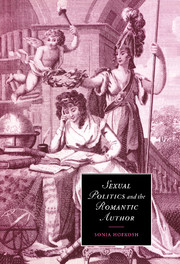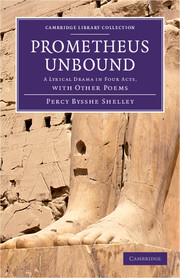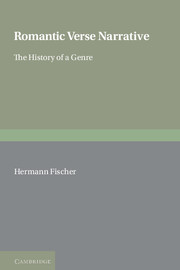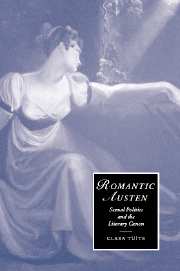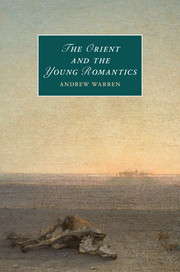Sexual Politics and the Romantic Author
Exploring a range of early nineteenth-century cultural materials from canonical poetry and critical prose to women's magazines and gift-book engravings, Sexual Politics and the Romantic Author offers new perspectives on the role of gender in Romanticism's defining paradigms of authorship. The Romantic author's claim to individual agency is complicated by its articulation in a market system perceived to be impelled in large part by fantasies of female desire - by what women read and write, what they buy and sell, how they look, and where they look for pleasure. These studies in the contested public spaces of literary labour elaborate the fundamental, if invisible, function of the woman as embodiment of authorial ambivalence in writing by Austen, Byron, Coleridge, William Hazlitt, Sarah Hazlitt, Leigh Hunt, Keats, Mary Shelley, William Wordsworth, and others.
- Important contribution to the growing field of cultural studies in English romanticism
- Original analysis of the role played by gender and sexuality in determining the operations of the literary marketplace
- Offers interesting perspectives on nineteenth-century texts ranging from canonical poetry and critical prose, to women's magazines
Reviews & endorsements
"With its acute sense of the workings of rhetoric in relation to the material world, its eye for the suggestive passage and phrase, and its attention to the persistence of the past in our own critical discourse, Sexual Politics and the Romantic Aurthor provides a resonant meditation on gender and authorsip, one whose implications extend beyond strictly romantic studies." Modern Philology
"This beautiful study has been under preparation for over a decade, and the reader is the beneficiary. Hofkosch's work is gracefully literary, uncompromisingly feminist, and theoretically adept." European Romantic Review
Product details
July 1998Hardback
9780521496544
204 pages
235 × 160 × 18 mm
0.435kg
5 b/w illus.
Available
Table of Contents
- List of illustrations
- Acknowledgments
- Introduction: invisible girls
- 1. A woman's profession: sexual difference and the romance of authorship
- 2. The writer's ravishment: Byron's body politics
- 3. Classifying romanticism: the milliner girl and the magazines
- 4. Disfiguring economies: Mary Shelley's gift-book stories
- 5. The author's progress: William Hazlitt's Keswick escapade and Sarah Hazlitt's Journal
- 6. Romanticism in the drawing room: Austen's interiority
- Notes
- List of works cited
- Index.

